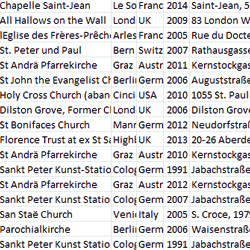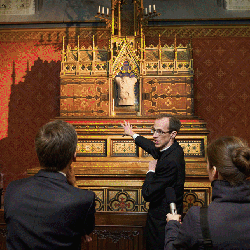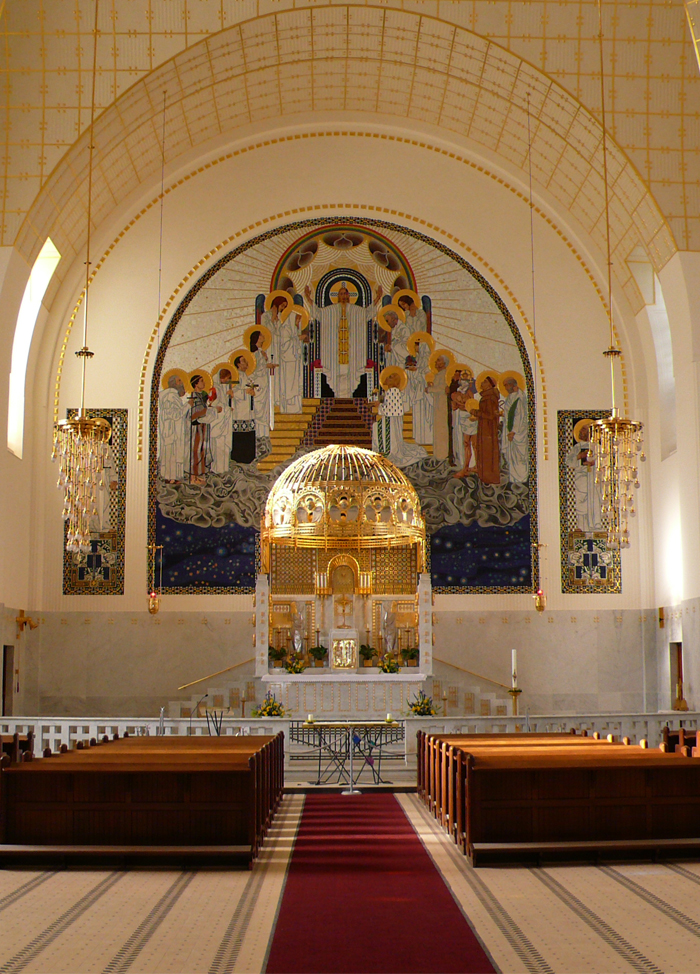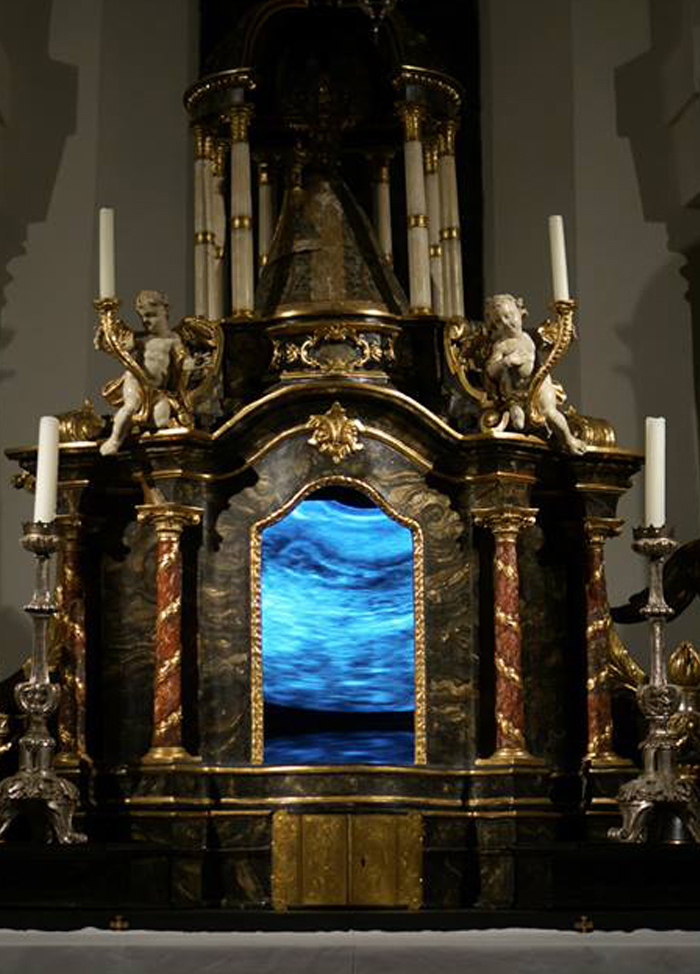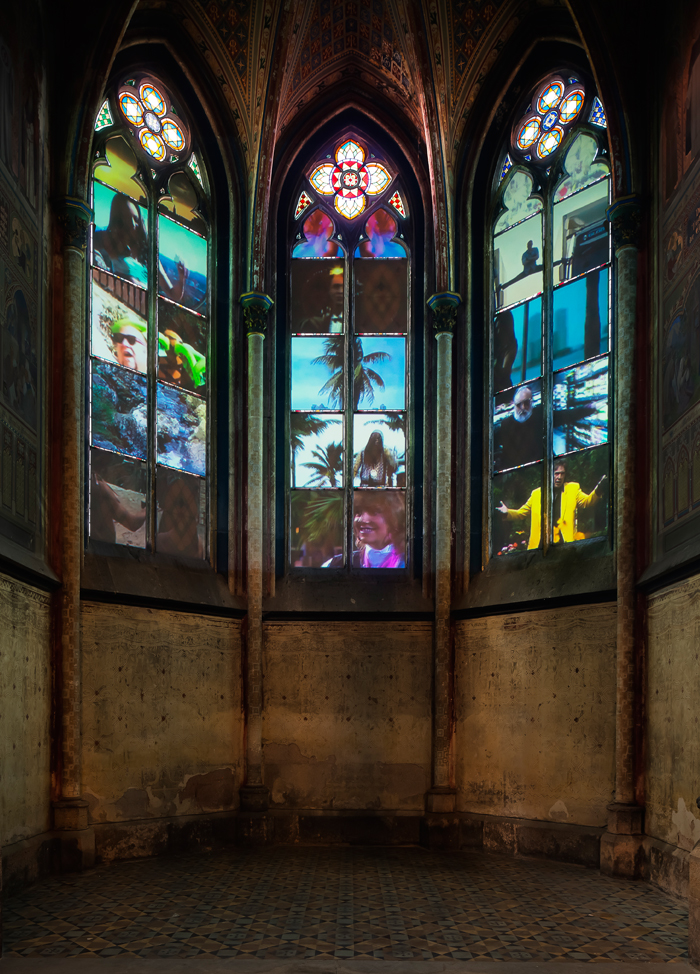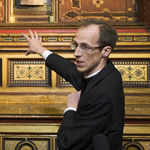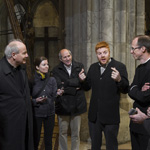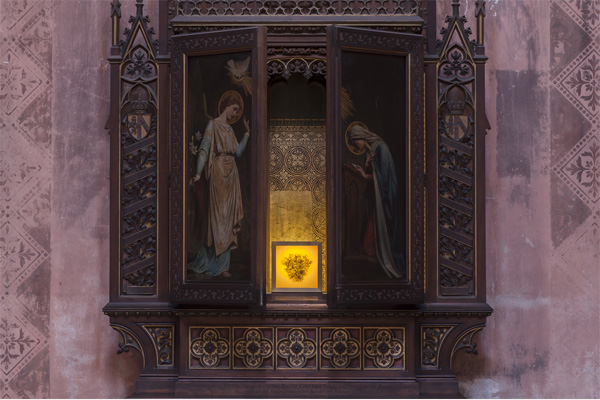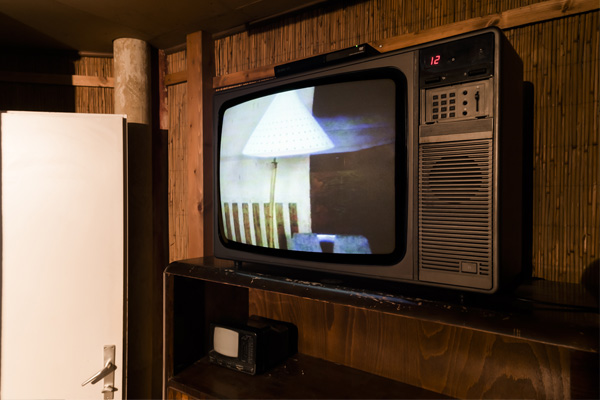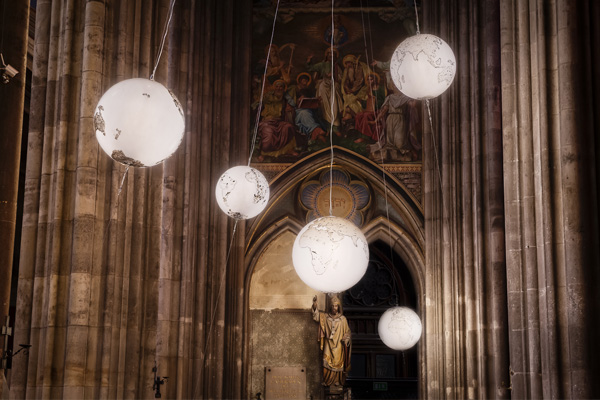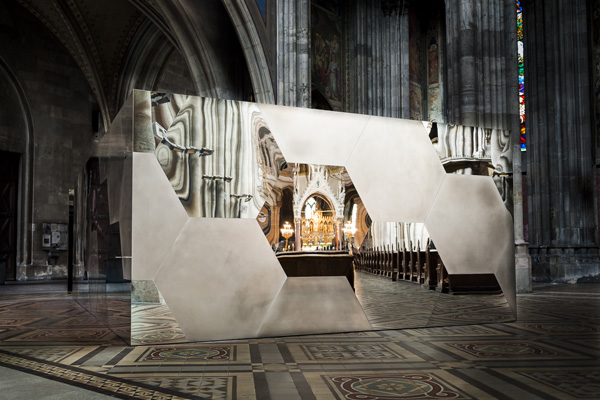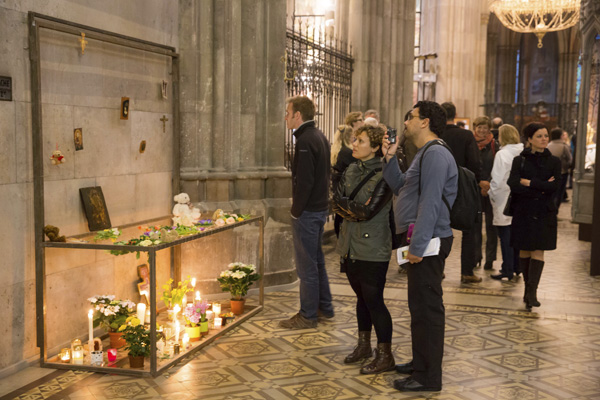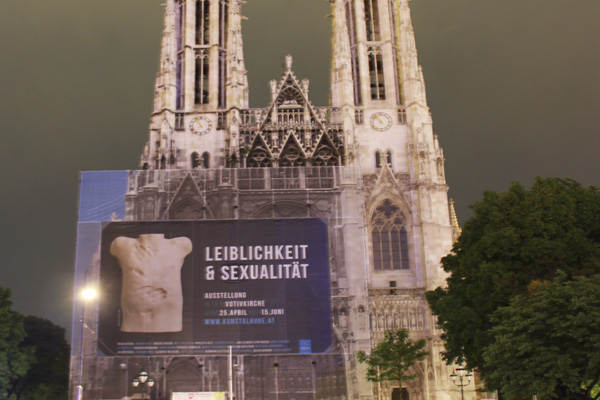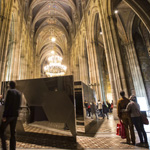Shock of the New - The Tradition of Art in Sacred Space
An overview of the significant shifts in Church art from the Catacombs to the
Venice Biennale. Particular attention is be given to moments when the Church had difficulty accepting certain developments in art. The purpose of this introductory lecture is to give students a sense of how the Church’s tradition of
commissioning art has consistently welcomed new approaches, adapting to innovation and reflecting the changing character of art.
The Religious Experience and How it is Evoked through the Experience of Art
An overview of the significant shifts in Church art from the Catacombs to the
Venice Biennale. Particular attention is be given to moments when the Church had difficulty accepting certain developments in art. The purpose of this introductory lecture is to give students a sense of how the Church’s tradition of
commissioning art has consistently welcomed new approaches, adapting to innovation and reflecting the changing character of art.
Priorities of Ritual-Aesthetic Experience
The majority of installations of contemporary art in churches feature works
that are not explicitly religious. We look at areas within the church which can
accommodate the non-religious artwork by a method of zoning the sacred space. Through extensive research on the previous forty years of art in the Church, there has emerged a series of priorities in the relationship that the artworks have to the
architecture and liturgy. Four main categories for these priorities include:
Form, Content, Context and Affect.
Finding Religious Meaning in Pre- and Post-Christian Art
In common conversation, we often use the phrase “contemporary art” to refer to
current artistic production—the art being produced today. However, in the field of art history, the phrase denotes a specific period of art and artistic practice starting in the 1990s and continuing today. This lecture focuses on key theories and theoretical
debates in the critical discussion of contemporary art. Through close examinations of selected texts, exhibitions, and artworks, we engage with a set of concepts and concerns that have shaped the discourse around cultural production in recent
decades. Rather than presenting a comprehensive survey, the lecture
involves intensive investigation of certain key positions and debates and their
relevance for thinking about artistic practice today.
Art as Sacrament: Encountering Contemporary Art in Churches
An introduction to art from the position of the observer, the artist, the scholar, and the critic looking at a series of case studies examining the different ways that people respond to art in the church compared with the experience in a museum. The lecture looks at particular installations of contemporary artworks that have been in both Churches and Museums and discuss the potential the work has to carry more layers of meaning in sacred space. When artworks are installed in the church they acquire a religious meaning which is often entirely unintended and unexpected.
Sentimentality, Kitsch, Disturbance, Blasphemy and Provocation
This lecture examines Art that offends as a prescient examination of the perpetually troubled, often explosive relationship between religion, politics and art.
“Art should Comfort the Disturbed and Disturb the Comfortable” - Discernment in placing Art in the Sanctuary
This lecture addresses the challenge of navigating through the world of
contemporary art to find works that are appropriate for the church.
1. What makes an artwork appropriate for the Church?
2. Permanent vs. Temporary Installations of Contemporary Art in Churches
3. Consolation, Disturbance, Blasphemy and Provocation
Art as Language and
the Church as Translator
From Banksy’s street stencils to the fragment of an ancient Greek vase, from painted altarpieces to the Sunday comics, words and images have long conspired to produce artworks that transcend the sums of their parts. This lecture will explore ways in which the Church building contributes meaning in the artworks. Students will be given a series of tools to make sense of contemporary art.
Theology in Contemporary Art
This lecture explores the role of aesthetic experience in our perception and
understanding of the holy. Two interrelated threads that have been primary in
theological aesthetics through the ages, namely the beauty and vision of God and the theology of the image. The incarnation not only encouraged and sustained the hope for the vision of God, it provided the very basis for theologies of the image
throughout Christian history. The lecture will explore how best to understand what is essential, expendable, or deceptive about truth, beauty, goodness, and their opposites in relation to works of contemporary art and will feature an examination of the power and limitations of these concepts.

